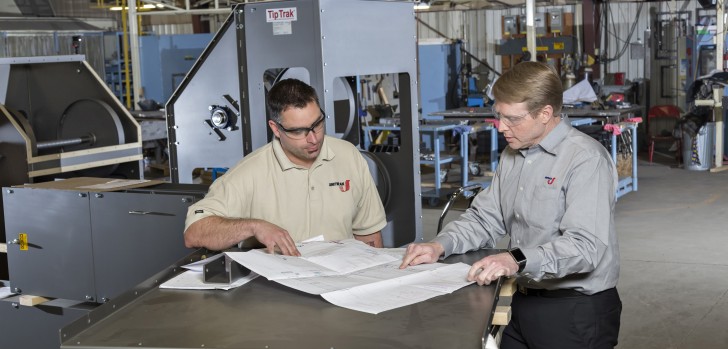Carbon Black
Carbon black, a versatile and ubiquitous material, plays a pivotal role in various industries, from rubber manufacturing to ink production. Its unique properties make it a sought-after additive, but its handling presents challenges in bulk material conveying. This article delves into the intricacies of carbon black, explores its common uses, key characteristics, challenges in conveying, and recommends UniTrak's tailored solutions for efficient handling.
At a Glance
Carbon black is a finely divided form of carbon, produced by incomplete combustion or thermal decomposition of hydrocarbons. It appears as a fine black powder, consisting of spherical particles with sizes ranging from nanometers to micrometers. This material finds extensive application in rubber reinforcement, plastics, inks, paints, and coatings due to its reinforcing and pigmenting properties.
- Abrasive: Carbon black particles have a hard and abrasive nature, causing wear and tear on conveying equipment.
- Fine Particle Size: The fine particle size distribution makes carbon black prone to dust generation and cohesion, leading to flowability issues.
- Hydrophobic: It exhibits hydrophobic properties, resulting in agglomeration and compaction during storage and conveying.
- Electrically Conductive: Carbon black is electrically conductive, necessitating precautions to prevent static buildup and discharge.

Common Uses
- Rubber Industry: Carbon black enhances the mechanical properties of rubber products, including tensile strength, abrasion resistance, and resilience, making it indispensable in tire manufacturing.
- Plastics: It provides UV protection, conductivity, and reinforcement in plastic products such as pipes, cables, and automotive components.
- Printing Inks: Carbon black serves as a key pigment in black ink formulations, offering high opacity and color intensity.
- Coatings and Paints: It imparts black coloration, UV protection, and conductivity in coatings and paints for various applications.

Challenges in Conveying
Conveying carbon black poses several challenges:
- Dust Emissions: Fine particles generate dust, posing health hazards and requiring dust containment measures.
- Equipment Wear: Abrasive nature causes premature wear on conveying components, leading to frequent maintenance and downtime.
- Material Segregation: Particle size segregation can occur during conveying, affecting product quality and consistency.
- Flowability Issues: Cohesive and hydrophobic nature leads to poor flowability, causing flow interruptions and blockages in conveyors.
Equipment Options
UniTrak, with its deep expertise in bulk material handling, offers specialized equipment tailored for handling carbon black:
- TipTrak Bucket Elevators: Featuring gentle and vertical conveying, TipTrak minimizes material degradation and dust emissions, ideal for fragile carbon black particles.
- Powderflight Aeromechanical Conveyors: With high-capacity, enclosed conveying, Powderflight ensures dust-free and gentle transport, suitable for fine and dusty materials like carbon black.
- UniFlex Flexible Screw Conveyors: Offering versatile and customizable conveying solutions, UniFlex efficiently handles carbon black while minimizing dust emissions and equipment wear.
- Bulk Bag Loader/Unloader: UniTrak's Bulk Bag handling systems provide efficient loading and unloading of carbon black, ensuring safe and dust-free handling while reducing manual handling risks.
Carbon black, despite its myriad applications, presents challenges in bulk material conveying due to its abrasive and cohesive nature. UniTrak's extensive experience in customized bulk material handling equipment equips industries with tailored solutions to navigate these challenges effectively. Whether it's TipTrak elevators for gentle vertical conveying or Powderflight conveyors for dust-free transport, UniTrak's innovative equipment ensures efficient handling of carbon black, enhancing productivity and product quality while mitigating operational risks. Trust UniTrak for reliable and customized solutions in handling a diverse range of complex materials.
